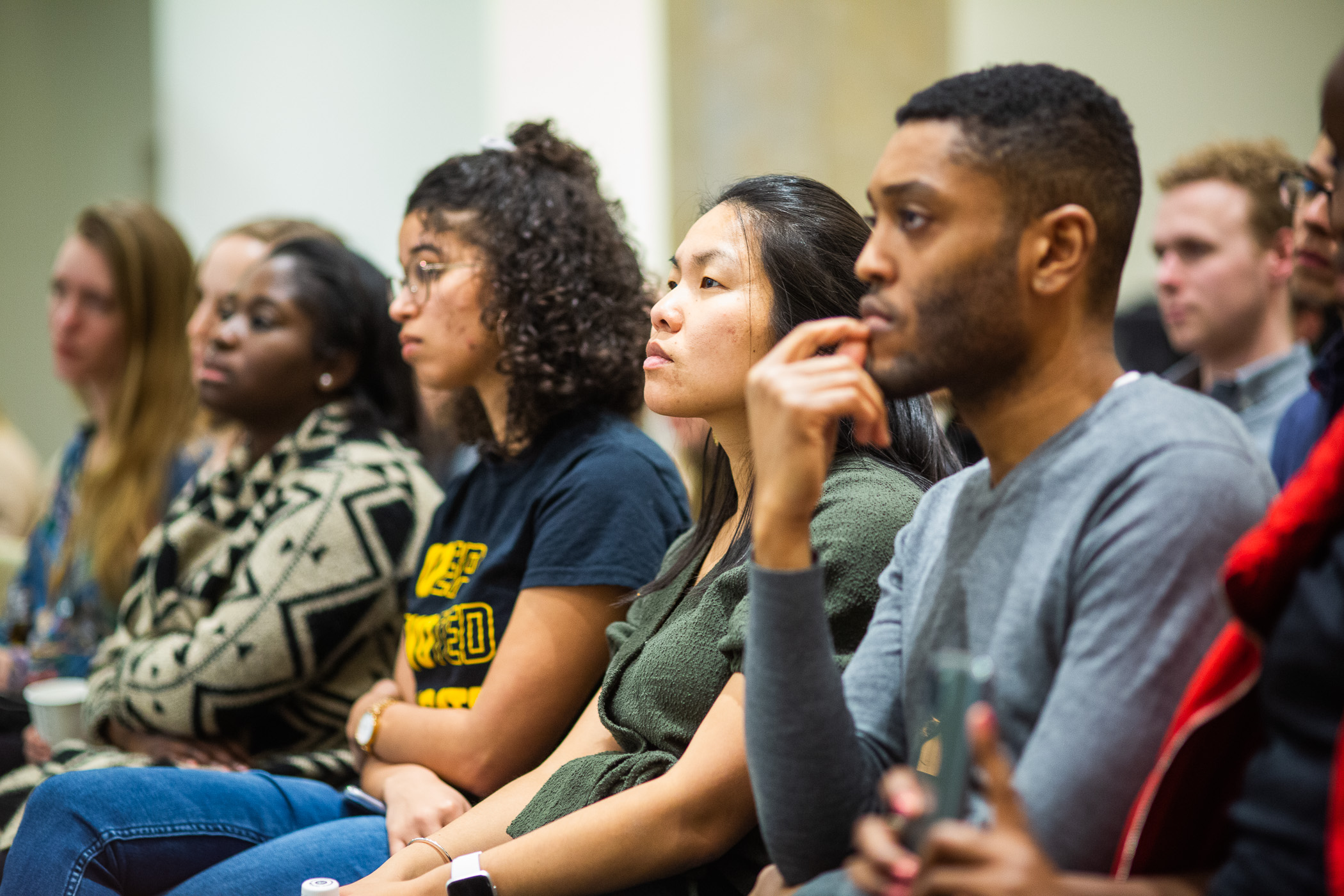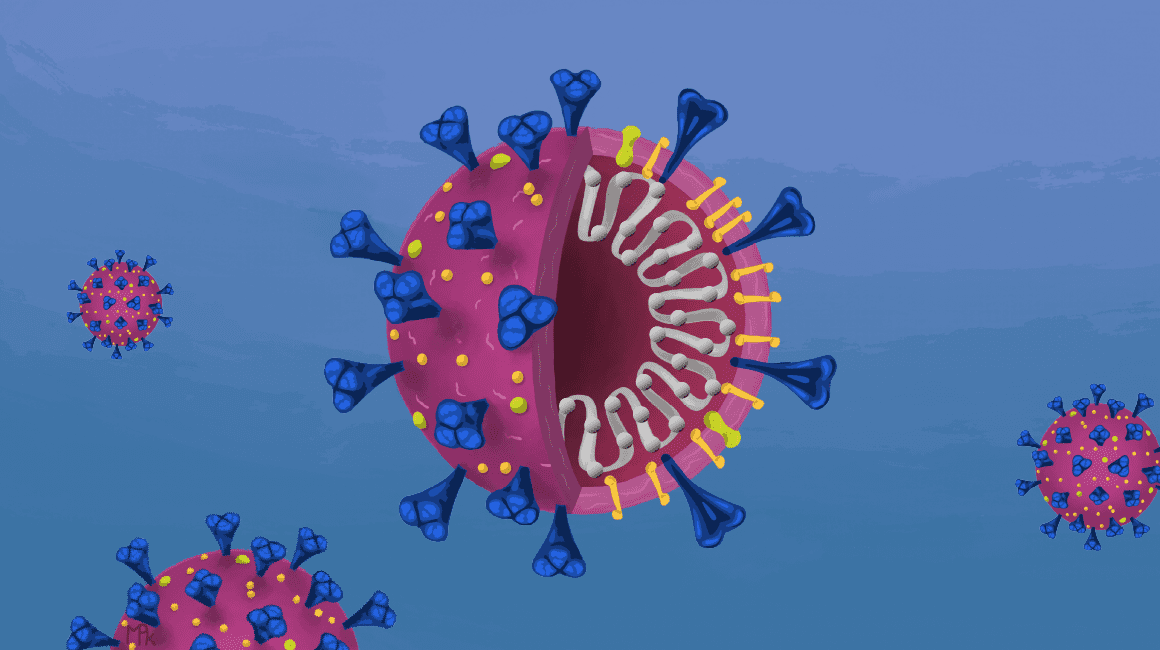New research seeks to understand the relationship of COVID-19 experiences with anxiety and depression among first year college students
Image from USF Oracle
The Covid-19 pandemic had a significant impact on college students’ mental health, specifically the classes of 2020 and 2021, new research reports. These impacts have raised the question of how college students’ mental health in relation to the pandemic can be better addressed by colleges. Depression and anxiety rates among college students are increased by factors such as sleep disruption, loneliness, and managing new academic demands, the study says. College students experience higher levels of stress in their first year, when they are transitioning, and factors related to race and gender are significant when observing stress levels. Transitioning to college is associated with academic stress, financial stress, and social stress.
The research article was published in July 2023 and participants in this study were incoming first year undergraduates (age 18 and older) at a Midwest small liberal arts college in the fall semesters of 2020 and 2021. The study examines the similarities and differences between the impacts on the two classes' mental healths, as they struggled with different aspects of the pandemic.
The researchers determined that Fall 2021 students reported higher rates of anxiety symptoms compared to the Fall 2020 students, and students reported greater Sleep/Somatic symptoms in Fall 2021 than Fall 2020. They explain that “Sleep disruption plays a significant role in student risk for mental health issues. Sleep interventions may also improve mental health outcomes in college students”(Lourie et al, 12).
When asked about anxiety in college related to the pandemic, 2020 highschool graduate Geneta Scott explained that “the fear of getting sick and the lack of access to help with my schoolwork definitely increased my stress levels. Being at home with limited expectations from my professors sort of compensated for that”. 2021 highschool graduate Janelle Pineda said that “the biggest challenge was not being able to gather as groups and congregate in common spaces. That made it difficult to meet people and make connections”.
The study emphasizes the impact of the pandemic on BIPOC, explaining that the stressor that is systemic racism increased college students' risk for “illness, loss, and financial disruption”(Lourie et al, 6). The study found that white students (M = 5.65, SD = 1.21) reported greater social support than non-white students (M = 4.88, SD = 1.18), and non-white students (M = 2.67, SD = .69) reported higher loneliness scores than white students (M = 2.21, SD = .79). The study also found that “women reported significantly higher levels of anxiety symptoms and a trend towards higher levels of depressive symptoms”(Lourie et al, 12).
The article concludes by evaluating how these results should motivate colleges to address students’ mental health in relation to the pandemic as well as ongoing mental health concerns. Scott’s “mental health in relation to the pandemic wasn’t really addressed”. Pineada explained that “I think everyone was just glad to be back on campus, so there weren’t really a lot of conversations about how the pandemic impacted our mental health. I think my school has a lot of resources that people don’t know about, so better communication about those resources could be a good step.”
The study also explains that “while the direct contribution of COVID-19 experiences to mental health symptoms appears to have diminished, students’ reports of anxiety and depression symptoms remain high”(Lourie et al, 14). So while the pandemic has reached a more manageable end, the unaddressed increased rates of first year college students’ depression and anxiety rates remains an issue.



Comments
Post a Comment